Click on a picture to enlarge it
| Amphibians in Movies | ||
| Cannery Row (1982) | ||
| Spoiler Alert ! Some of these pictures and descriptions may give away plot details that you might not want to know before watching the film. |
||
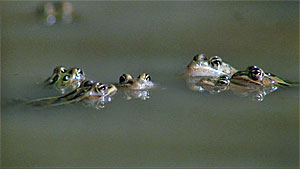 |
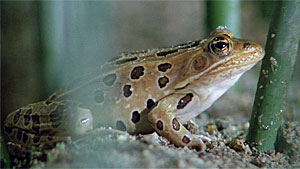 |
 |
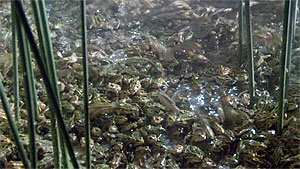 |
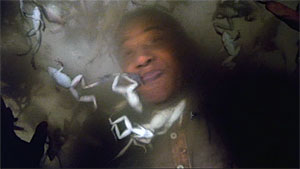 |
 |
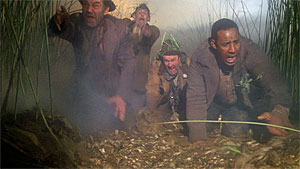 |
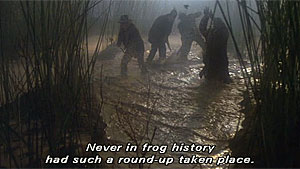 |
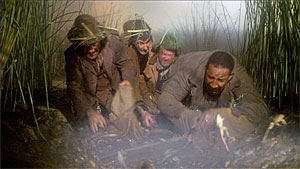 |
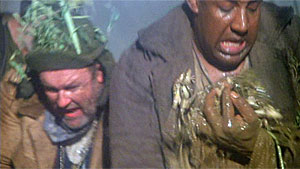 |
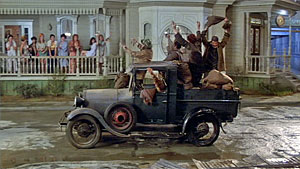 |
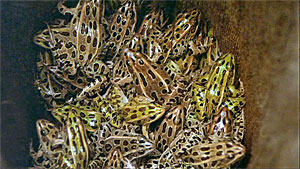 |
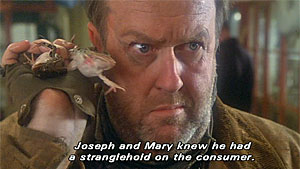 |
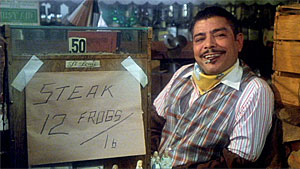 |
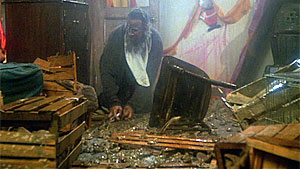 |
| This is based on two short novels by John Steinbeck - Cannery Row, set in the 1930s, and its sequel Sweet Thursday, which takes place in the post-war 1940s, as does this movie. The plot is mostly concerned with Doc, his neighbors the Bums, and Suzy and her romantic relationship with Doc. Unfortunately, the movie leaves out my favorite character in Cannery Row - the gopher, who is worthy of his own novel. The frog scene in the movie is taken from Cannery Row. I have also seen it printed separately as "The Frog Hunt." It's a short passage, worth reading, even though it describes a terrible method of collecting animals, turning animal cruelty into comedy. A few people have put up an excerpt of the story online. If this link is no longer good, try searching for another. Doc (Nick Nolte) is a biologist living on Cannery Row in Monterey in the 1930s, where Mack (M. Emmet Walsh) and several other bums live a life free of money, work and worries. (Sign me up.) They sleep outdoors under debris from a cannery that was abandoned after the sardine population crashed from over-fishing and the entire industry stopped being profitable. They see Doc romancing Suzy (Debra Winger) a vagabond who recently came to town so desperate for work that she took a job at the local brothel. They all decide they need to throw a party for Doc. They have no money to buy food and alcohol for the party, but Doc often pays them to catch animals that he sells through his biological supply business, so they ask him if he needs any turtles because he once gave them a quarter for every live turtle they found. Doc doesn't need any turtles, but he has an order for several hundred frogs and offers them 5 cents for each frog they bring him. (This entire business is Steinbeck's commentary on the former sad practice of harvesting great numbers of local wildlife, including stray pet dogs and cats, and selling them for research. That cruel and unsustainable practice is now outlawed in most places by licensing requirements and quotas for collecting herps and other wildlife, but nevertheless, it still occurs illegally all around the world to supply animals for the pet trade, for medicinal use, and for other industries.) The bums steal a truck owned by the local shopkeeper, named Joseph and Mary, and drive out to a wetlands at night. John Huston's voiceover narration describes the traditional relationship between frog and hunter which the frogs have learned to accept, and the confusion experienced by the frogs when the bums change the rules and use a brand new method of hunting, by herding hundreds of frogs into shallow water with garden rakes and tennis racquets then scooping them up into bags. When the bums return, Doc is away on business, but they are impatient to get paid. They make an offer to Joseph and Mary to sell them to him at 4 cents per frog and he accepts. Instead of paying in dollars, they develop a system of barter where the frogs are the currency, but the bums are disappointed to discover that the price of goods keeps getting inflated as the worth of a frog is devalued. They finally throw the party for Doc, but things quickly get out of hand when a group of frat boys show up, and the ensuing brawl destroys Doc's place and all of the frogs escape. During the frog hunt we hear a loud chorus of Pacific Treefrogs calling, but the frogs we see are all leopard frogs (which are not native to the Monterey area.) When we see a frog close-up we also hear a single Pacific Treefrog call. This is common practice in movies where it is assumed that the audience thinks that all frogs make the "rib-it" sound made by the Pacific Treefrog. Hundreds of live leopard frogs are used in the movie. Most of them appear to be juveniles. They were probably purchased from a biological supply house similar to one Doc was going to sell them to, but these were probably bred in captivity instead of harvested from the wild. There was no disclaimer at the end of the movie explaining that no animal was injured during the production because many frogs must have been killed or injured. At one point, we see the character Hazel fall down on a bunch of live frogs. That must have killed some frogs. There's also a scene with rattlesnakes in the movie. |
||